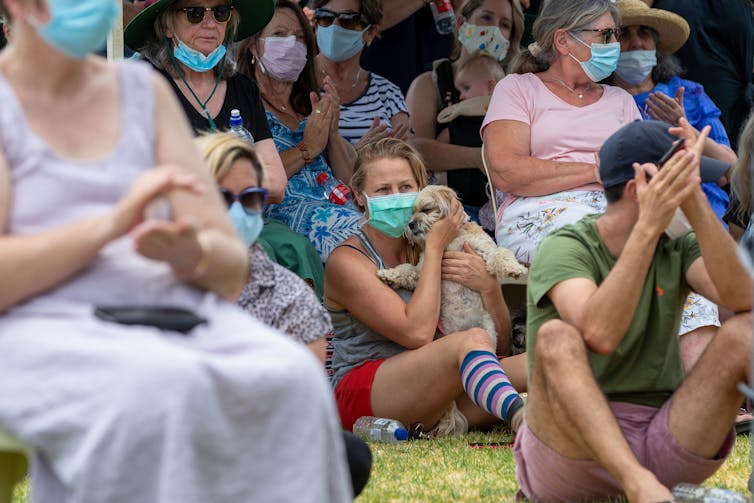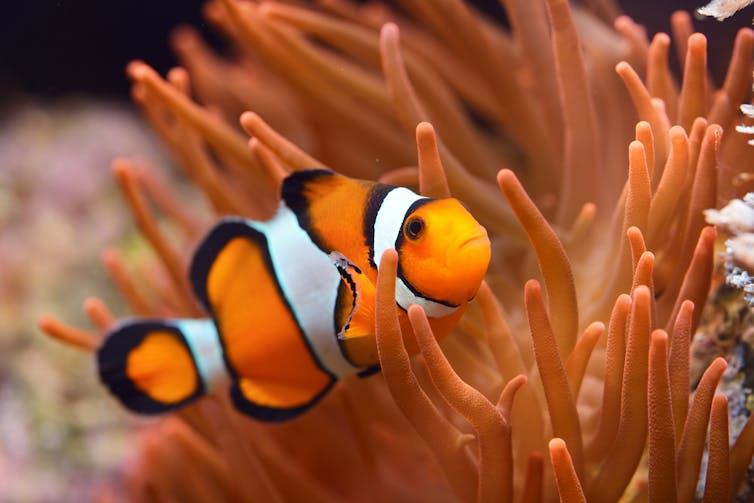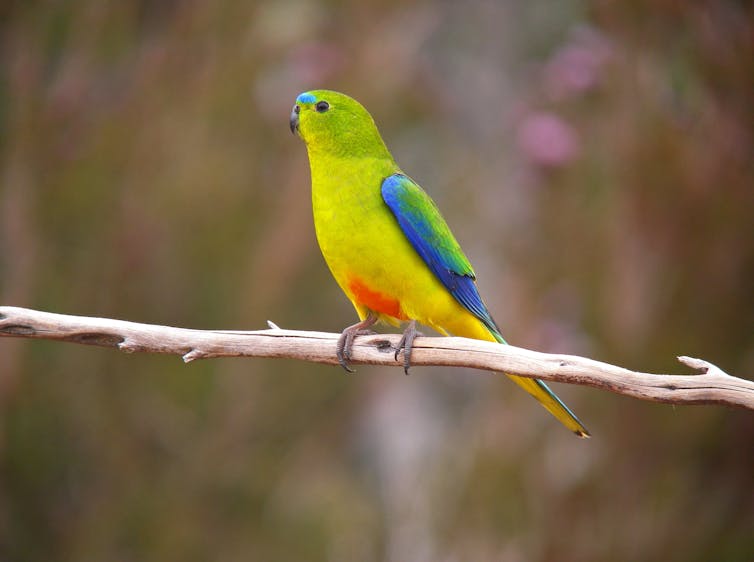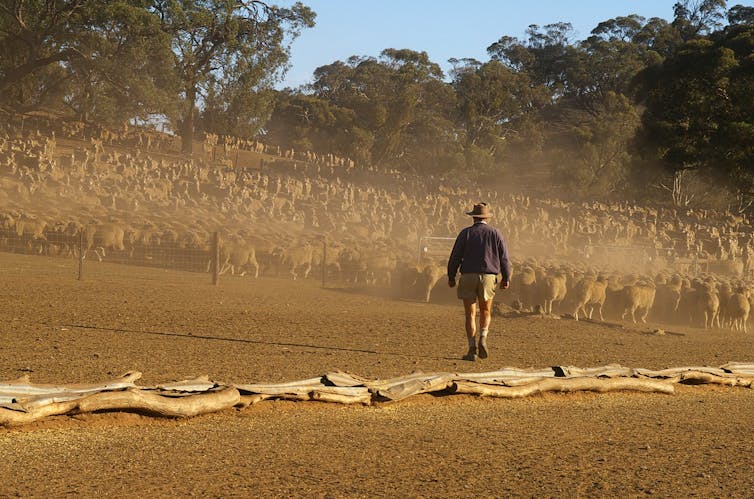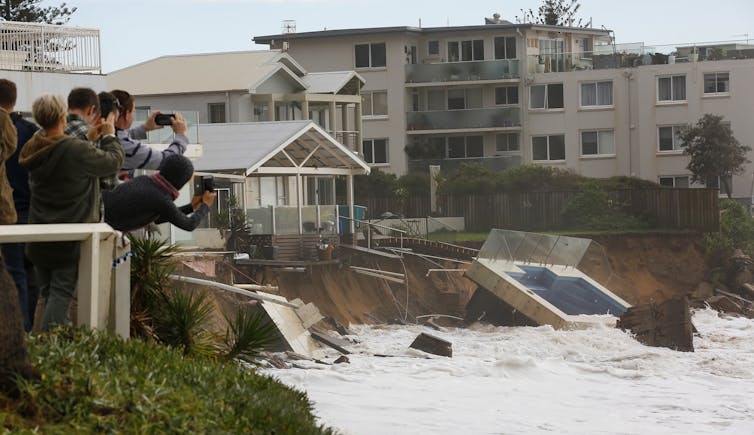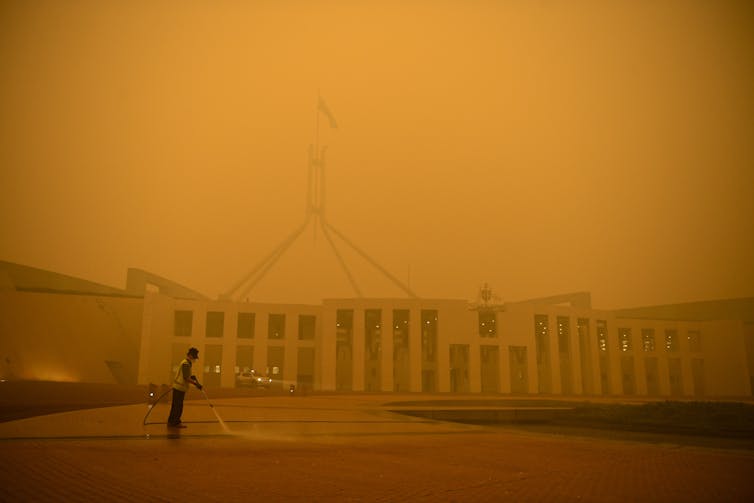Gupta's GFG Alliance is holding emergency talks to secure new financing
Credit Suisse has petitioned a winding-up order on GFG's commodities trader
Gupta said lenders risked hurting their own interests by calling in loans
By ALEX LAWSON AND EMMA DUNKLEY, FINANCIAL MAIL ON SUNDAY
PUBLISHED: 4 April 2021
Industrial tycoon Sanjeev Gupta has drafted in a 'barrage' of lawyers to defend his steel empire as a crisis at its biggest lender threatens to engulf him.
Gupta's GFG Alliance, which owns Liberty Steel in the UK, is holding emergency talks to secure new financing and save 5,000 British jobs after the collapse of Greensill Capital.
Credit Suisse, the Swiss bank that provided $10billion in funding to Greensill, has petitioned a winding-up order on GFG's commodities trading business.
But Gupta – who last week admitted he owes billions – has delivered a pugilistic response, saying from his home in Dubai: 'We have our legal defences ready. There is a barrage of lawyers who are readying up all their guns to fight this off.'

Tough talk: Sanjeev Gupta said lenders risked hurting their own interests by calling in loans before the financing was complete
Gupta said lenders risked hurting their own interests by calling in loans before the financing was complete. He added: 'Damaging the business is not in the interest of anybody, especially not the lenders.
'What they are doing is not logical and the arguments were made to them very robustly that they are damaging their own stakeholders, their own recovery prospects.'
Supply chain finance firm Greensill, which counted former Prime Minister David Cameron as an adviser, fell into administration last month. Gupta has been scrambling to refinance the billions Liberty Steel owed Greensill.
Concerns have been raised that Gupta's sprawling empire is opaque and would be difficult to rescue in its current form.
But the Indian-born British businessman, educated at Trinity College Cambridge, said in an interview with The Weekend Australian newspaper: 'There is a lot of interest in refinancing, given the strength of our businesses and the strength of the market. But given the noise on top of that and the surrounding situation, things need to settle down and we need a little time to get that refinancing organised.'
He added: 'My UK steel initiative has always been a labour of love. The UK industry has been decimated over the last few decades. Every single plant I bought was closed or closing.'
Gupta's comments came as GFG prepares to reopen its UK steel plants this week after pausing production at some sites last month. He has publicly vowed plants will not close under his watch. 'It is my commitment to my people. I repeated that very clearly, that I would not let them down, they don't have to worry about their futures,' he said.
Gupta has pointed to a 14-year high in steel prices. But there are other pressures on the industry.
Exclusive research for The Mail on Sunday by UK Steel reveals that exports from Britain to the EU have plunged 34 per cent in the last three months, following Brexit and the introduction of new quotas.
Steel exports were just under 420,000 tons in the first quarter compared with an historic average of 630,000 tons.
Sources told this newspaper last week that the Government is ready to protect the business should it fall into insolvency, effectively ousting Gupta while a new owner is found.
Separately, it has emerged that Greensill Capital tried to tap up private equity giants for new funding last year. The firm, founded by Australian Lex Greensill in 2011, is understood to have held talks with firms including Apollo and Blackstone.
One source said Greensill was seeking new funds around the time the pandemic took hold, but the market had 'tightened up'.
But the source also said he did not feel Greensill Capital had sufficiently answered his questions over its operations and financing – and the source said his company took these responses as 'a warning signal to stay away'.
Greensill, facilitated speedy payment for suppliers – in exchange for a small fee. It came under pressure after its insurer, part of Tokio Marine, made the decision in July last year not to extend its cover. Then last month Credit Suisse froze $10billion of funds connected to Greensill.
Greensill was also on the hunt for investors last autumn to help bridge a path to a $7billion (£5billion) stock market flotation slated for the second half of this year.
Another private equity source said Greensill Capital was 'opaque' and that conversations about the capital raising were only 'very early stage'.
Greensill had also held talks this year with a subsidiary of Apollo about acquiring Greensill assets, which ultimately fell through.
Apollo, Blackstone and Greensill declined to comment.





